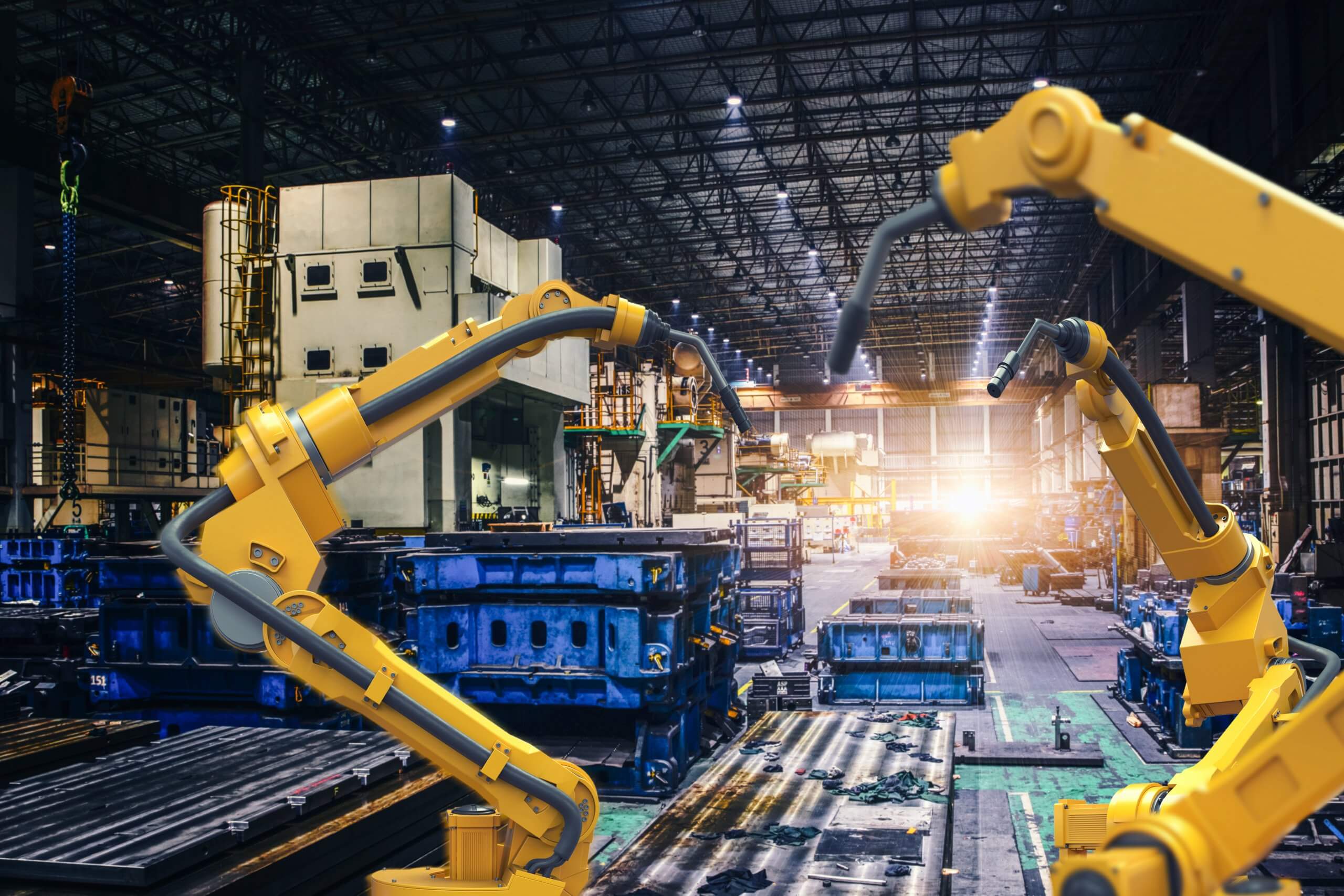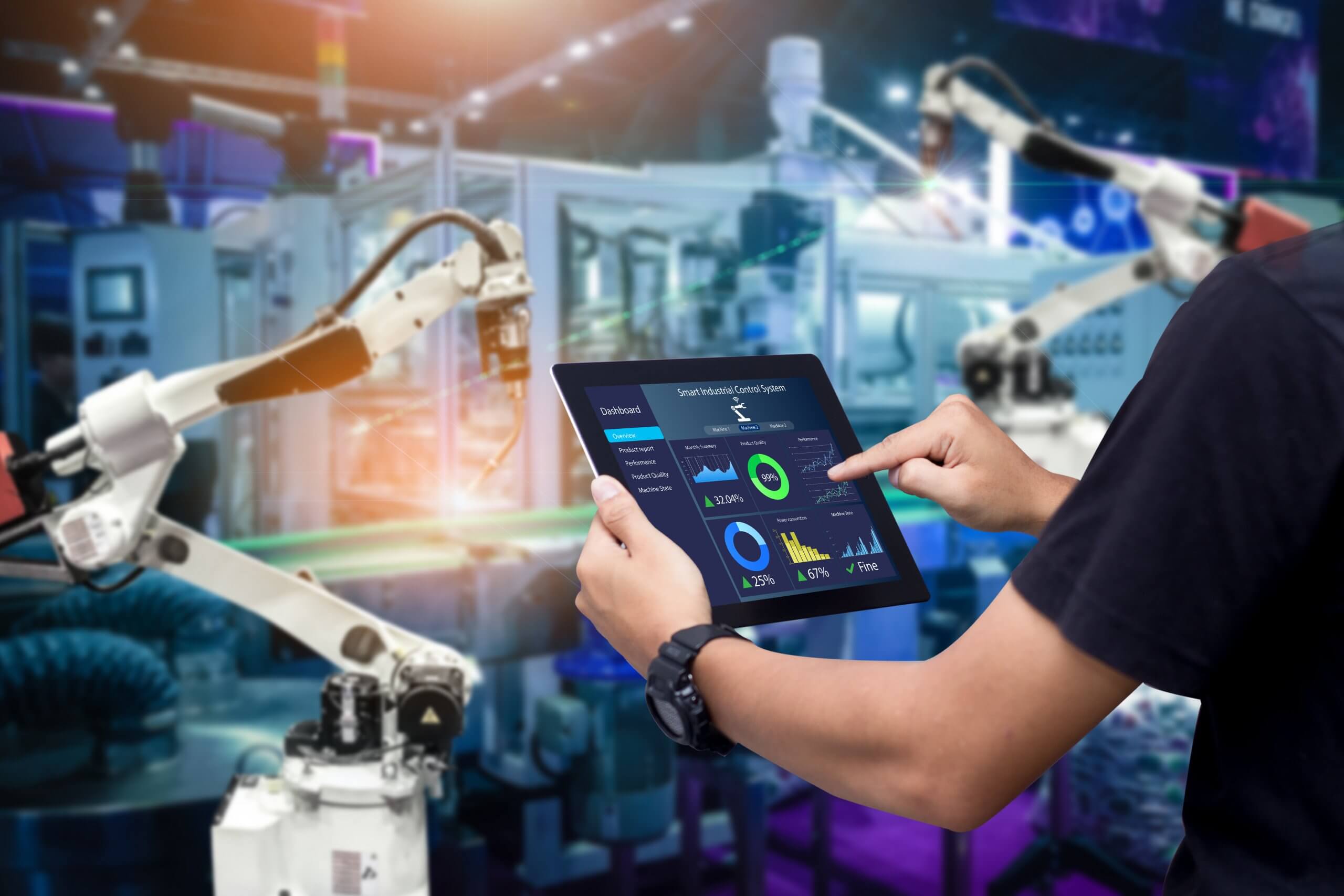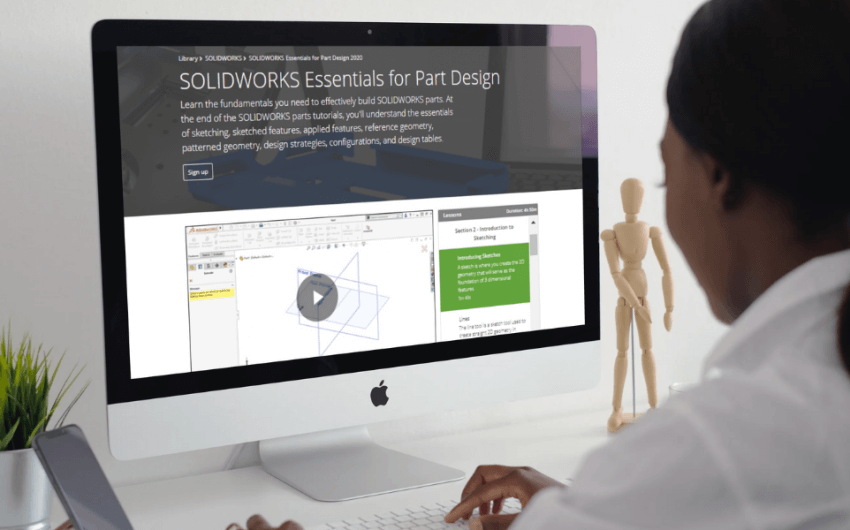These 4 Technologies Are Driving the Fourth Industrial Revolution
What do all industrial revolutions since the 1800s have in common? They were all powered by new technology — from the steam engine to the assembly line to the internet. They not only challenged the modern workforce but revolutionized how products were made and how work was done.
With the fourth industrial revolution underway, organizations are faced with the difficult decision of either going all in or getting left behind. In fact, recent CEB research showed that 87% of senior business leaders cite digitization as a priority for their company, and 66% fear failure to digitize will jeopardize their competitive position. However, as the conversation turns from “should we?” to “how do we?” there are still a lot of lingering questions, especially for manufacturers looking to digitize entire factories and facilities.
Let’s start at the top.

What is Industry 4.0?
The fourth industrial revolution, 4IR, industry 4.0, etc., is much more than just a buzzword. It’s literally revolutionizing the work we do and, if history tells us anything, it’s here to stay until the next.
At its simplest, industry 4.0 is the new wave of digitization — it’s building on the smarter, more connected world we were first introduced to with personal computing and the internet. But now, that world lives within the cloud. Nearly everything is connected by mobile devices, IoT, and AI, and our businesses are powered by more advanced computing and big data.
4 Key Drivers of Industry 4.0 in Manufacturing
With industry 4.0 here to stay, these are the technologies you should know about and understand what they mean for manufacturers:
- The Industrial Internet of Things (IIoT) is where the industry leaped toward turning traditional facilities into smart manufacturing spaces. IIoT connects the entire manufacturing ecosystem to enable real-time communication and data feeds from any connected machine or device. Those data sets help you track operational performance to make factories safer for frontline workers while increasing productivity and efficiency.
- Big data and analytics are two of the most significant benefits to organizations that implement IIoT. Big data simply means large or complex data sets that can be structured or unstructured. For manufacturers, big data is collected by machines, devices, and operators at every stage of production. It’s effectively used to monitor supply chain production and machine management. Then, people analyze that data to uncover opportunities for reducing waste and lowering costs.
- Additive manufacturing is the process of creating an object from a CAD or digital 3D model one layer at a time, like 3D printing. By adding material layer by layer, complex objects manufacturers can produce at a faster rate with lower costs. This method is best used for short runs or one-of-a-kind products, allowing engineers to design and manufacture products that can’t be made using traditional manufacturing methods.
- Simulation employs computer modeling to create realistic, perfectly scaled 3D images or holograms (when utilizing AR/VR) to test manufacturing methods and procedures. This can help speed up product design, reduce iterations, and shorten the time to market.

The Case for Digitization
According to a recent IDG Research Services survey commissioned by Insight Enterprises, many businesses are actively pursuing digital transformation to gain a competitive edge. Even those in the early stages are already seeing a measurable return on investment.
The most considerable improvements cited by respondents include quality of service (44%) and user experience/satisfaction (40%), followed by business continuity (35%), cost efficiency/savings (34%), resource optimization (33%), increased agility (32%), and increased innovation/creation of new revenue-generating products (32%).
Implementing industry 4.0 technologies can be a dizzying process. As digitization takes hold, engineers are increasingly tasked with embracing unfamiliar digital tools and technologies but the benefits of doing so are almost impossible to ignore.
So, the only question now is… are you going all in or getting left behind?
























